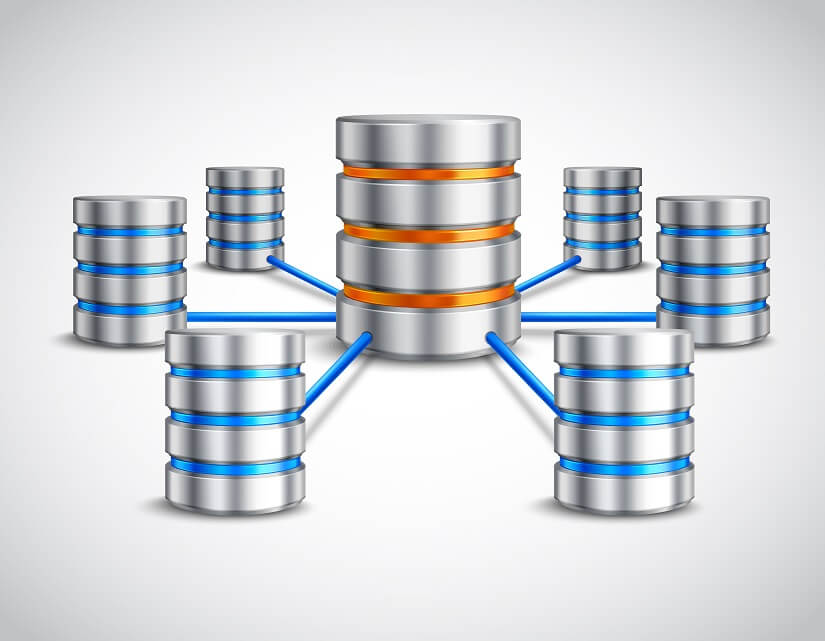Database, Data warehouse, and Data Lake

Today, we are surrounded by data which has become a driving force for decision-making. Amidst its growing ubiquity, we have come to hear terms like database, data lake, and data warehouse which are used to store data.
One might ask why one needs several data storage methods. The subsequent section looks at the answer to this question in detail:
What are databases, data warehouses, and data lakes?
Let’s begin with the database-

The earliest databases appeared in the 1950s, with the relational database gaining popularity in the 1980s. Typically, databases are designed to monitor and update real-time structured data, containing just the most recent data.
We all have worked with databases containing data in traditional row and column format like excel spreadsheets. However, a data warehouse is a model to facilitate data transfer from operational systems to decision systems. Its development was facilitated because firms discovered that their data was arriving from many sources, necessitating a new location to examine it.
Consequently, data warehouse as a storage system has expanded. For instance, suppose you have a database of retail stores. The database may contain your most recent purchases to analyze current consumer trends. The data warehouse may have a record of everything you’ve ever purchased, designed to enable efficient evaluation of data.
Now, let’s discuss the data lake-

As a more cost-effective method of storing unstructured data, the data lake began to gain popularity in the early 2000s. The keyword here is cost-effectiveness. Although databases and data warehouses can handle unstructured data, they do so inefficiently. With so much data available, storing it all in a database or warehouse can become costly.
In addition, there is a limitation on time and effort. Before data can be stored in databases and data warehouses, it must be cleaned and prepared. And with today’s unstructured data, this can be lengthy and laborious, especially if it is uncertain how the data will be utilized. This is why data lakes have risen to prominence. The primary purpose of the data lake is to handle unstructured data (which includes text, social media data, and machine data such as log files and sensor data from IoT devices) in the most cost-effective manner.
Notedly, having a data lake doesn’t mean you can import your data in any way you want. This can lead to a data swamp. However, it does simplify the process, and emerging technologies such as a data cataloging will continue to make it easier to locate and utilize the data in your data lake.
What distinguishes a data lake, a database, and a data warehouse?
A data warehouse is also a database like the one we looked at. It will still be used for online analytical processing, designed to analyze massive amounts of data.
A data warehouse will have a much more rigorous schema, so you need to plan how to put your data inside It because it’s not as flexible as a database. A database will have current and comprehensive data. Whereas a data warehouse will have summarized data that is only as fresh as when the extract, transform, and load (ETL) process is created.
A database will be slightly slower for querying big volumes of data and doing so can slow down the execution of all those transactions. A data warehouse was built to be very fast at querying and avoid slowing down any operations because it is not involved in transaction processing.
A data lake was designed to capture any data you could want. This could be a video, an image, a document, or a graph. If you want to store something in a database, you can store it in a data lake. There are various use cases for a data lake, but those who work with machine learning and artificial intelligence get the most out of it. They can use all the structured and unstructured data to create models. You can use all three within a single organization for various purposes.
Kultar Singh – Chief Executive Officer, Sambodhi
Leave a Reply
You must be logged in to post a comment.

